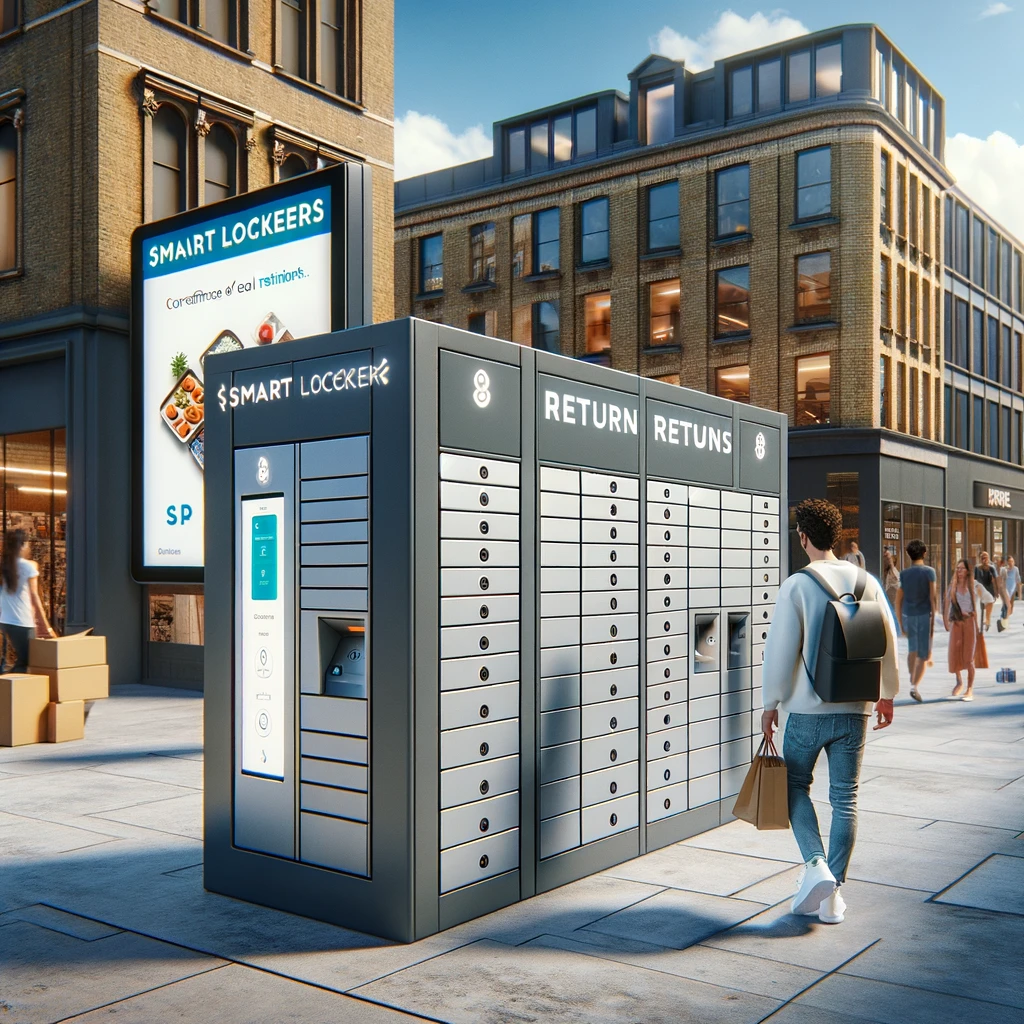It’s not a typo. I wrote a trillion dollars that way because it’s such an unrelatable amount, and it’s hard to fathom what it’s like to manage.
That’s the number in returns cost retailers are facing. The National Retail Federation reported shoppers returned 16.5% percent of the goods purchased, double that of 2019. There is such a thing as reducing the friction of ordering.
Between Covid and the ease of online ordering, consumers have adopted behaviors similar to a dressing room in a clothing store.
They pick out an assortment of items, knowing that retailers are making it easier to return, with some stores acting as a destination point. In many instances, consumers must only return the item with its packaging. The number will grow as omnichannel (integrating multiple channels around the customer) programs become more widespread.
Rethinking Returns: When Bricks-and-Mortar Becomes an Advantage
The article on Amazon's AI-powered "Fit Insights Tool" highlights a crucial challenge plaguing the retail industry: returns. As algorithms understand fits and consumer preferences, there are opportunities.
While I am a big fan of using technology as a tool to make life easier, I have doubts about AI fittings. Every company I buy from has a different fit; I’m “about” a large in most shirts and 16.5 neck for dress shirts. However, sizes vary, and in the past, when I shopped in Europe, the sizes went widely from American ones.
The most extreme example occurred while shopping with my girlfriend for her next little black dress. The large one needed to be more significant. The small one of another brand was too big. Today, she orders three sizes online and returns the ones that don’t fit. I don’t see that problem being solved with an over-the-camera fitting.
More on AI in a bit. What if the solution lies in online algorithms and physical stores as a point of destination? Let's explore "returns advantage."
Sunk Costs, Smart Gains: Large retailers already own their store infrastructure, a sunk cost for online-only competitors. Physical locations have a built-in advantage as a point of destination. Returned items can be processed locally and potentially engage other partners for shipping, repairs, or cleaning. Ecosystems become platforms for returns.
If it sounds like a lot of effort, consider we started with a trillion-dollar target to reduce shipping costs and speed up restocking. Imagine a customer dropping off a pair of ill-fitting jeans at the nearest store, with the item immediately scanned and ready for resale.


